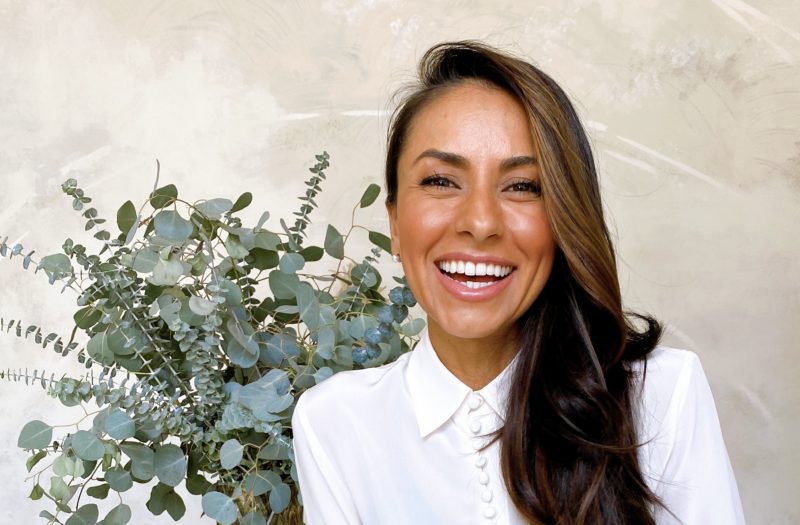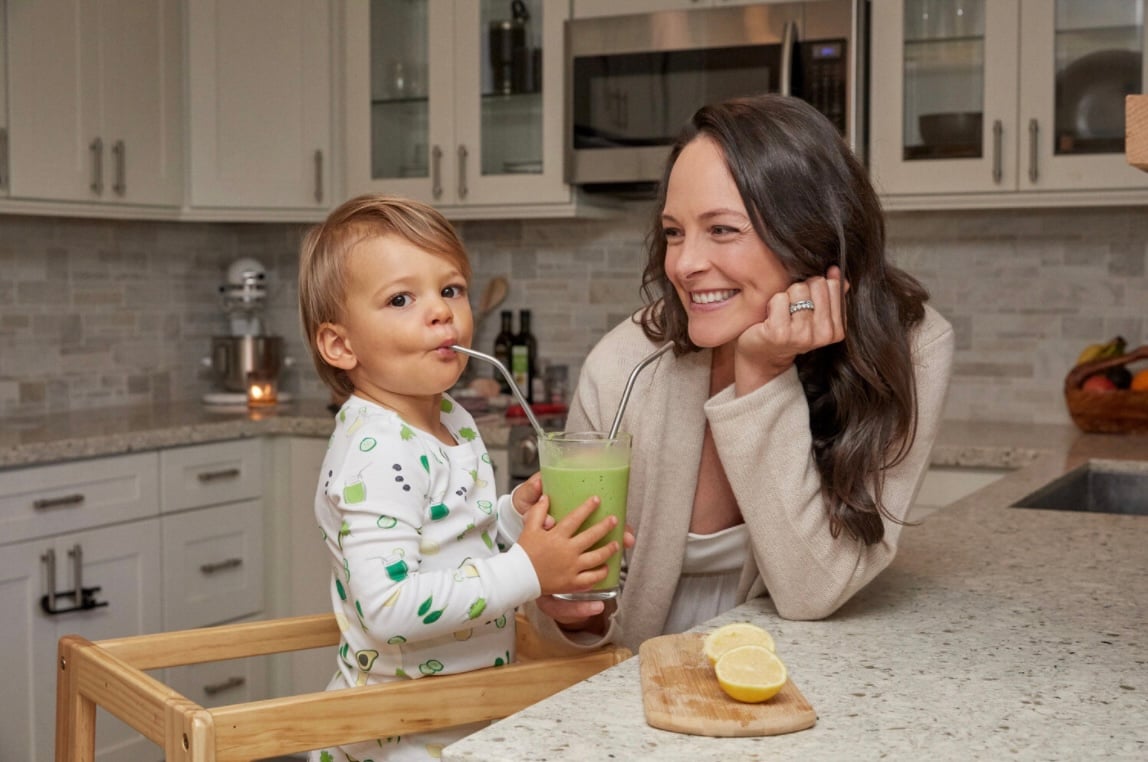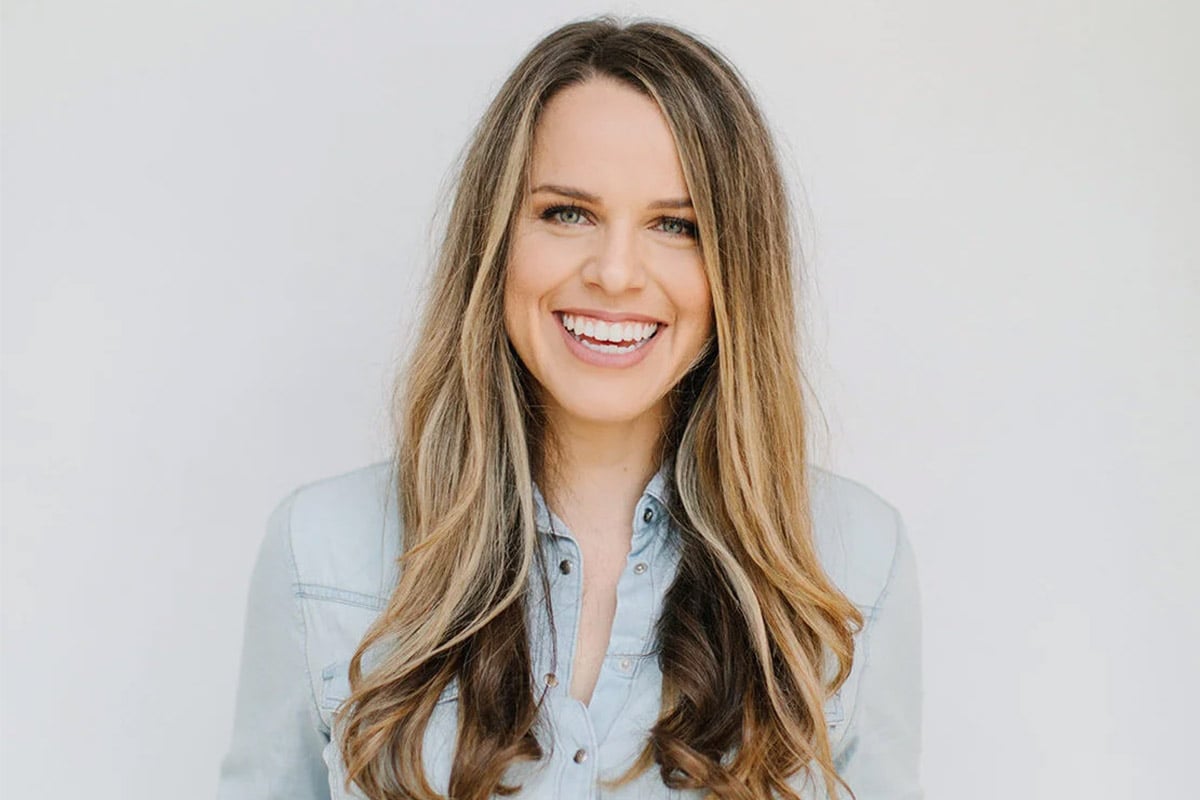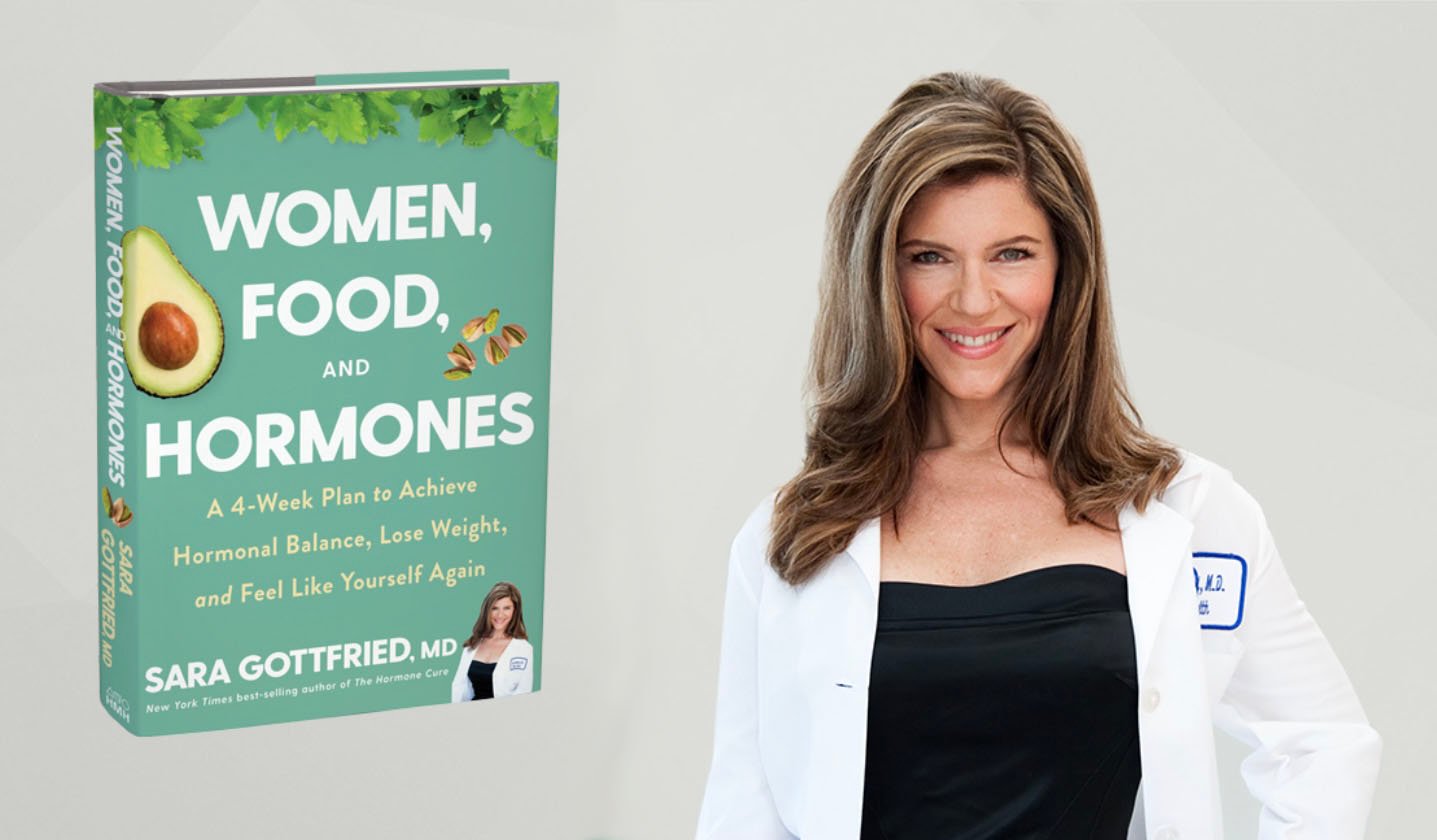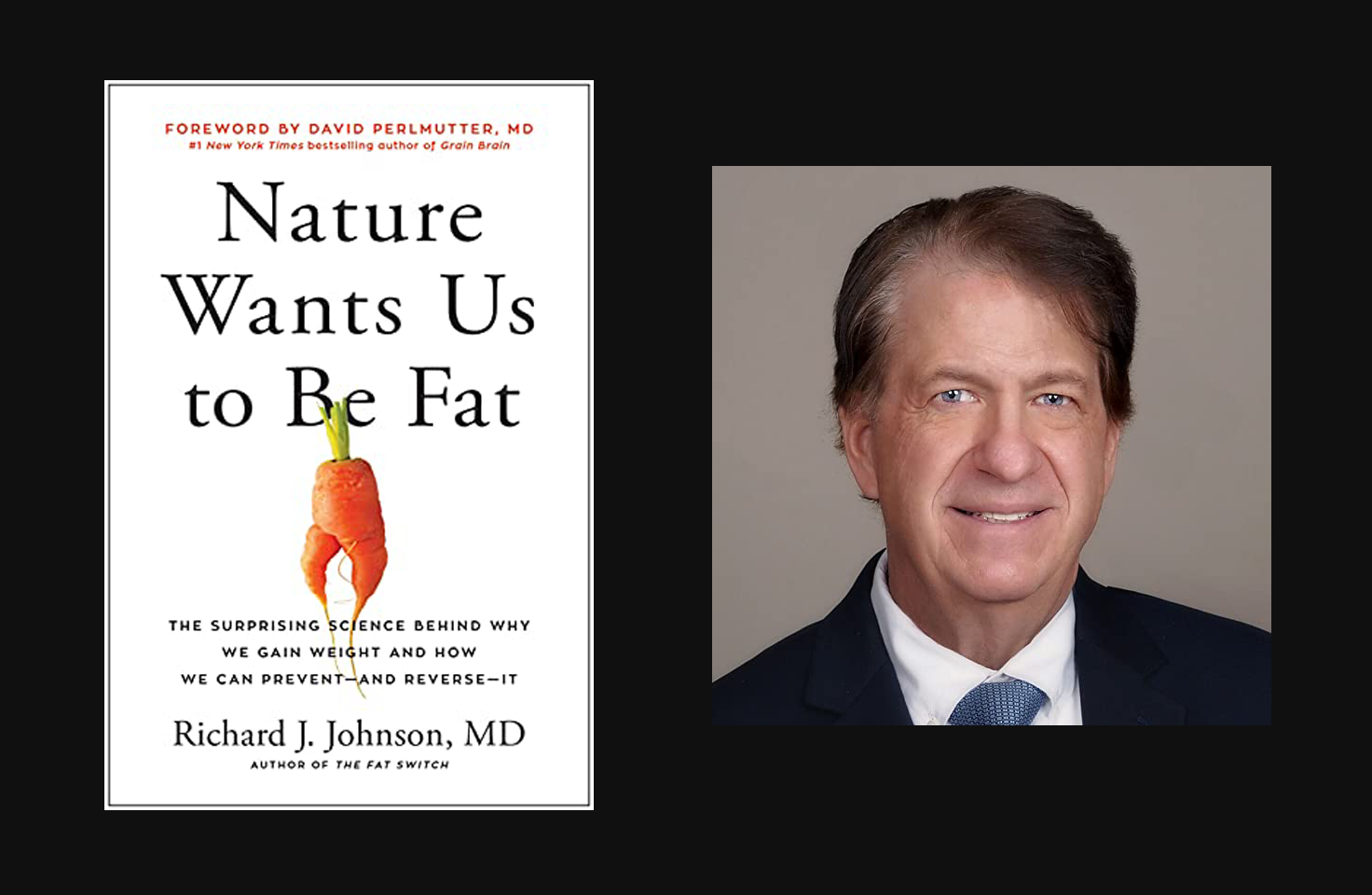Member Profile
Who: Mona Sharma, 40
Where: Los Angeles
Time with Levels: 6 months
Most Useful Takeaway: “Your diet should be as unique as your thumbprint.”
You are a nutritionist and yoga and meditation teacher. Have you always lived a healthy lifestyle?
Before I was a nutritionist, I had two heart surgeries for chronic heart palpitations. I was on beta blockers for years and doctors never really asked me about my diet. The medication essentially killed my spirit. I gained about 45 pounds, and I had no motivation or energy at all. I had to address my food. I knew that there was a correlation between consuming refined carbohydrates and how often I would experience heart palpitations. When I took out the breads, pastas, rice, and oatmeal—foods that every doctor had told me to eat because they were beneficial for heart health—I noticed I started to feel a lot better.
Growing up, your family spent summers living on an ashram. How does that impact your approach to health today?
Ashrams are spiritual centers where you focus on food from the earth, mindfulness, being outside, community, and exercise. Within my family, we would all notice a difference in our mindset, health, digestion, and mood when we were there. This study of Ayurveda is connected to this bio-individual approach.
“‘Your diet should be as unique as your thumbprint.”’
The continuous glucose monitor (CGM) falls in line with this idea of bio-individuality. I say to my clients, “Your diet should be as unique as your thumbprint.” When you think about it, in this world of dieting, how on earth could one diet be perfect for all of us, right? We’re looking for this perfect solution even after knowing that diets are failing us. The sooner we can attune with that and turn down the noise of everything that’s being publicized, we will all be in a much healthier, happier state.
When you first meet with a client, how do you assess their goals and develop a plan that taps into this idea of taking a bio-individual approach?
To my clients’ surprise, we don’t talk a lot about food on the first call. We talk about mood, stress levels, anxiety, and how they wake up feeling. I invite my clients to consider that maybe those emotions they’re feeling, such as anxiety, are driven by their lifestyle and current diet. When I bring that into awareness, it helps the tension of the diet loosen its grip. You start to tune in. Maybe you had three coffees today and feel anxious. Or have been consuming high-carb foods all day and still feel tired. I also think that we have to recognize that our health is also constantly changing as we move through our own journey, especially as we age.
You started thinking about refined carbohydrates and metabolic health even before you wore a CGM. What did you learn after you began wearing one?
I was at a place where I was focused on dieting but didn’t notice the impact foods had on me. So, I ate low-sugar, high-fiber foods, good quality fats, and carbs. I noticed that once in a while, my heart palpitations would come back. When I wore a CGM, I instantly saw the impact of paleo crackers with hummus, for example. Or using too much low-glycemic fruit in my smoothies, something that, on paper, looked like the perfect meal. It helped me figure out why I had no energy and was suffering from brain fog.
I also noticed that my sleep would improve if I ate food that kept me in a metabolically healthy state. After five months consistently with my CGM, I felt like I had gotten into a great position. I saw shifts in my body and energy. My husband noticed a difference in my mood, and I wasn’t getting an afternoon crash and burn as I typically had before when eating all of the foods on my ‘healthy food list.’

What is one meal that you found gives you a nice, stable glucose response?
My favorite meal right now is roasted veggies (broccoli, cauliflower, and carrots) with a side of tempeh. The secret is either using half of an avocado on top or a tablespoon of olive oil with some hemp seeds. When I add in that good quality fat, I have a much more stable blood sugar response.
You’ve said that, in terms of your lifestyle habits, you still struggle. What are areas that you’re looking to improve personally?
The meal for me is probably dinner. I have two little kids and have become an expert at picking things off their high-carb plates. I’m a sucker for that, but I also know that if I can shift my state into tapping into how I feel, I’m less drawn to food temptation. When I work with my clients, we focus on having a toolbox of things they can go to when cravings kick in, when they notice fluctuations in their energy and mood, or when they’re not getting enough sleep. That might be meditation, going out for a walk, or having herbal tea. One of my clients loves turning on his favorite music really loud.
You work with many high-profile clients. What goals are they driving towards, and how do you get them there?
Most of my clients hire me for a physical goal, but they stay with me to get them in touch with how they want to feel every day. Take Will Smith, for example. We went hard into the functional medicine world and nutrition and supplementation, but inevitably, he wanted me to stay on as his yoga and meditation teacher. He noticed that when he tuned into himself and how he wanted to live and be in this world, it was a lot easier not to want to eat certain foods because he knew that wasn’t serving his health or the version of himself that he wanted to step into.
Are there things you’ve learned working with clients with the CGM that you didn’t learn on your own?
It affirmed that I could not create a food list, send it out to everyone, and expect that it would heal them. They have to see what the foods they’re eating are specifically doing to them. I love that it ignites inspiration and motivation, and my clients can then own their health. We stop the cycle of looking for external motivators and sources that are telling you what to do.
Looking into your future, what are you trying to accomplish for your health?
Being half Indian, half Danish, I know that my Indian side is prone to metabolic disorders. Prevention is my biggest thing. My goal is less in the moment, and more focused on “How do I want to live when I’m 80, 90, or 100?” What’s my energy going to be when I’m able to run around with my grandkids, right? That’s what keeps me driving for my health.
